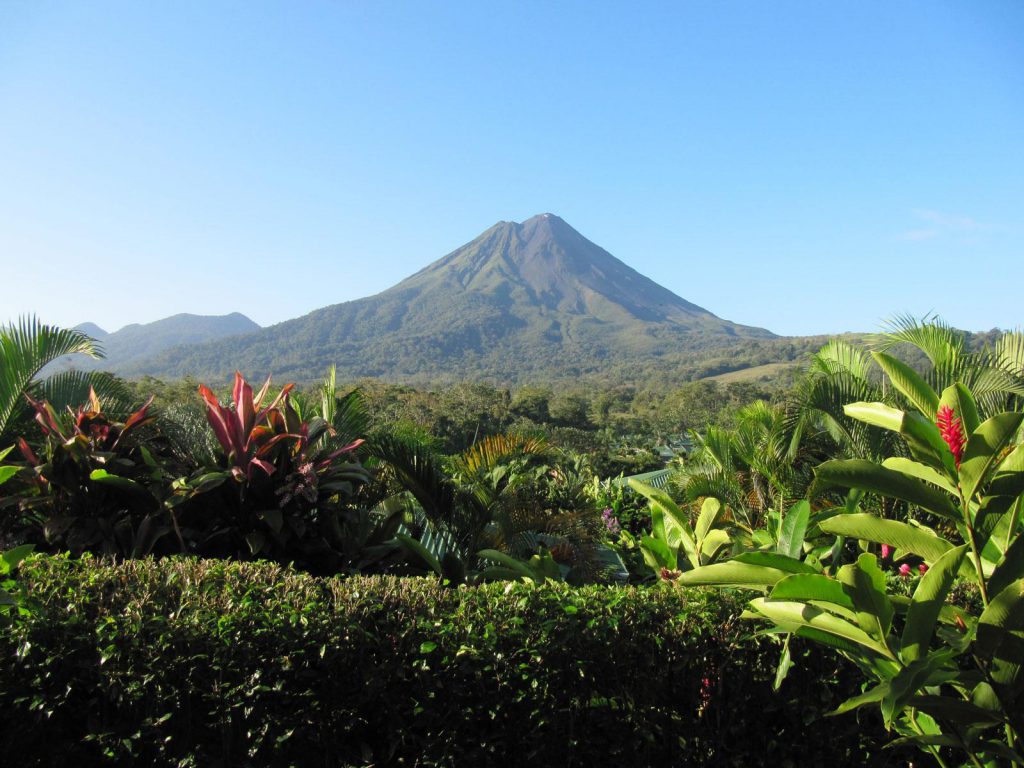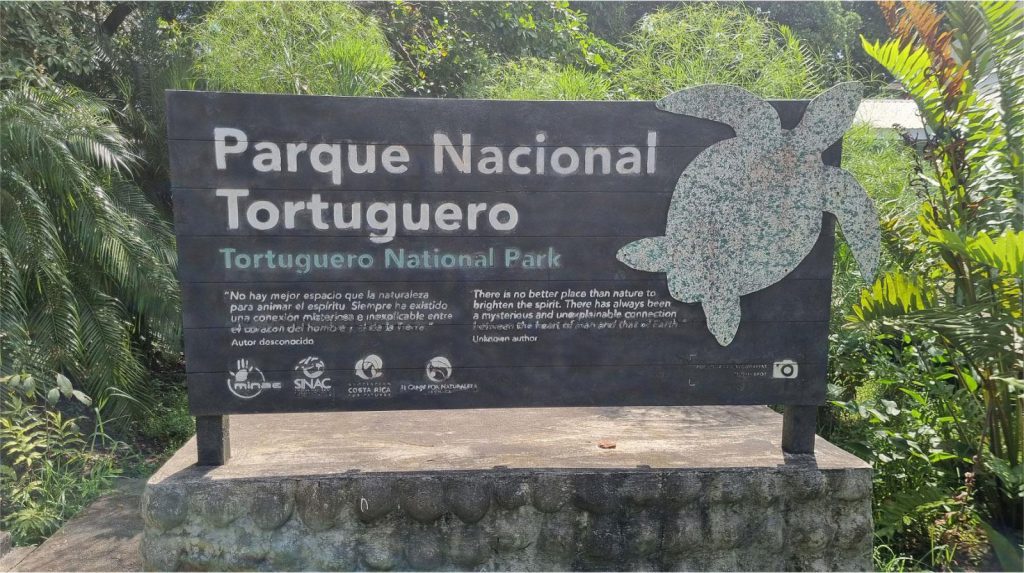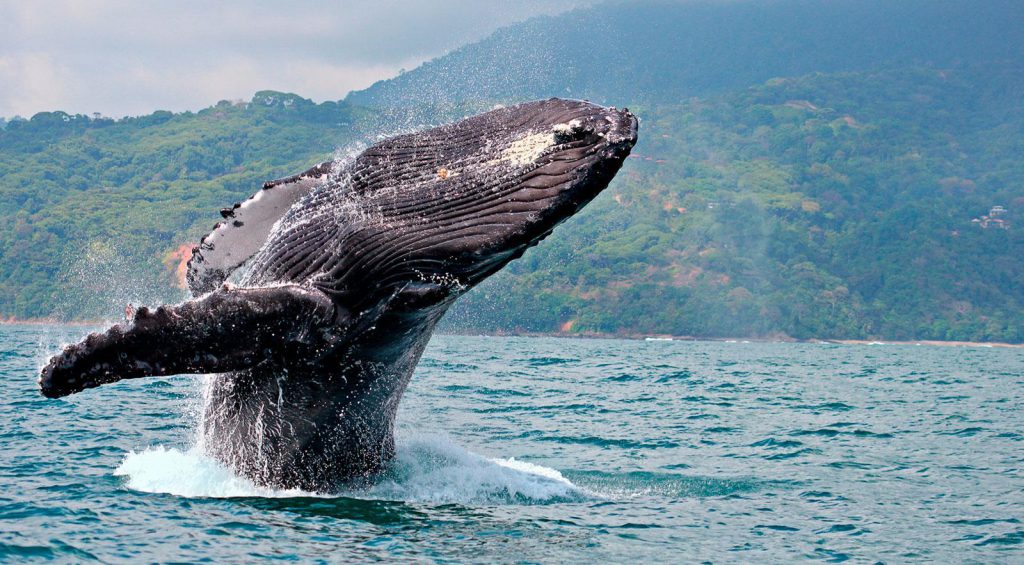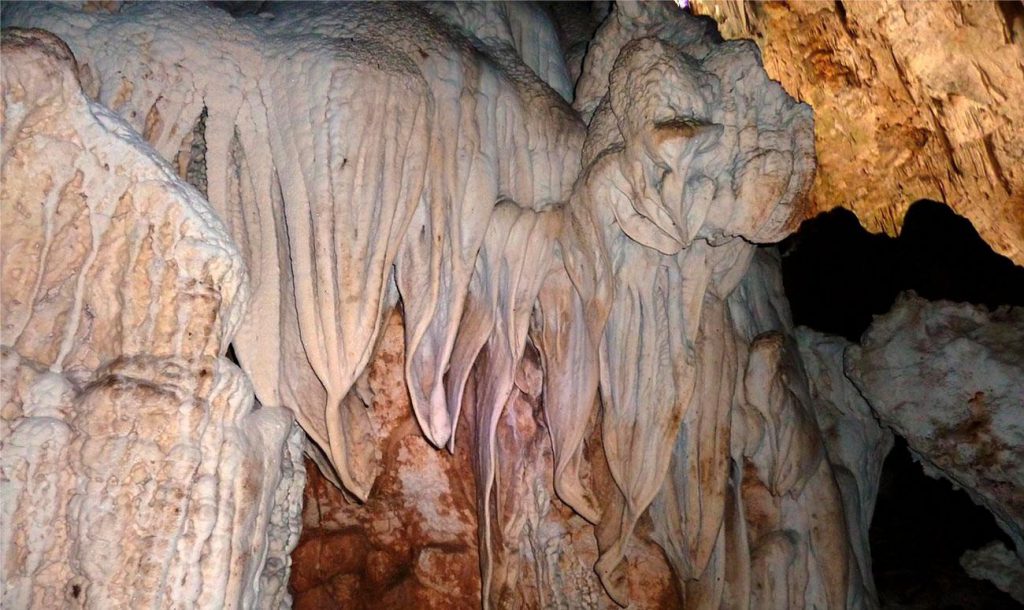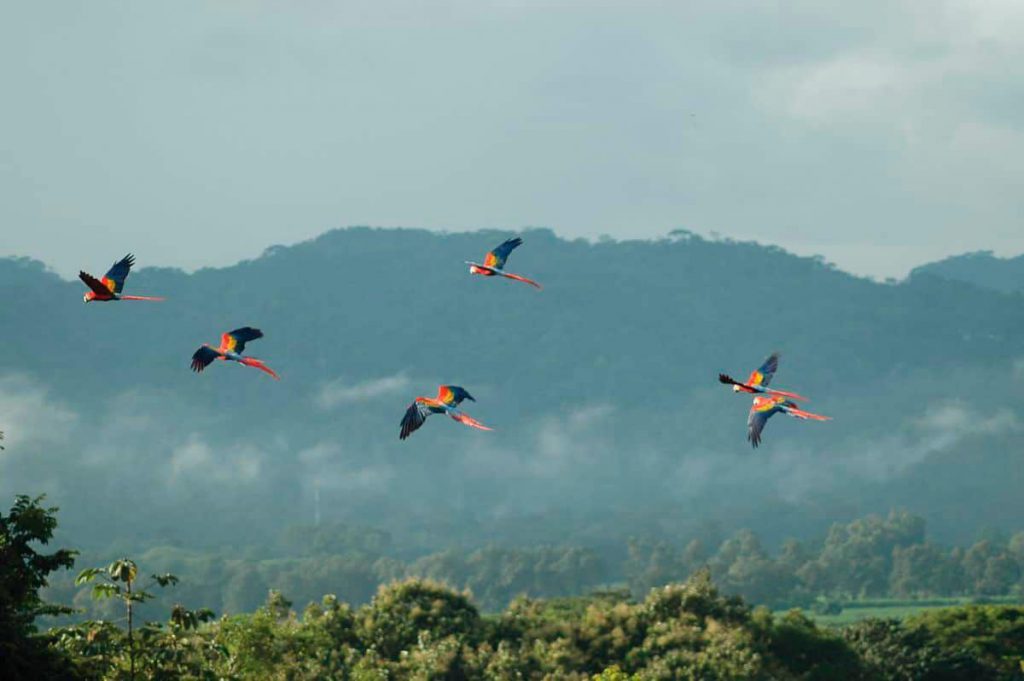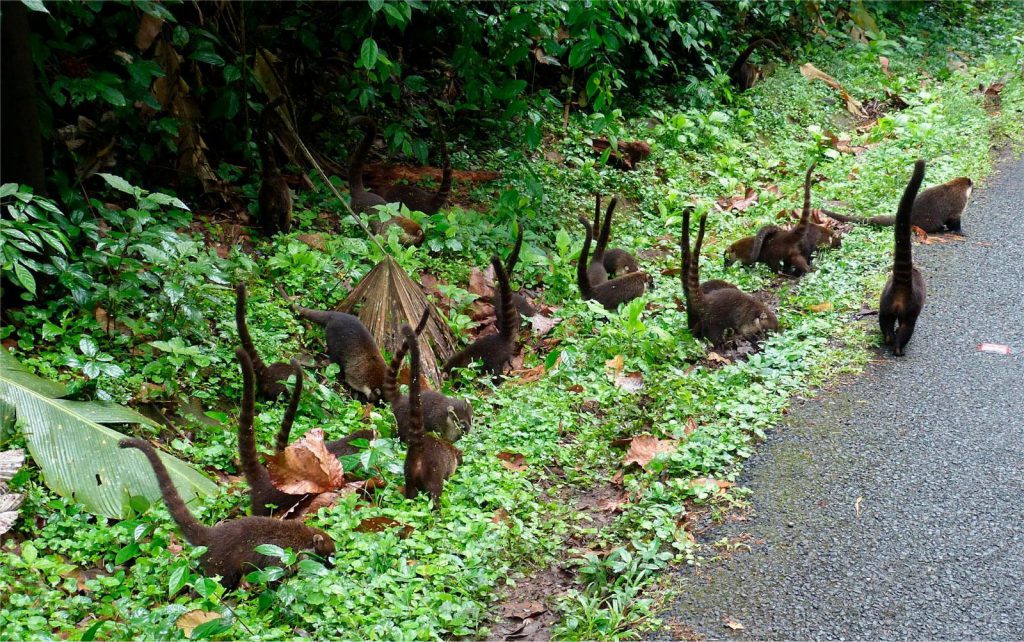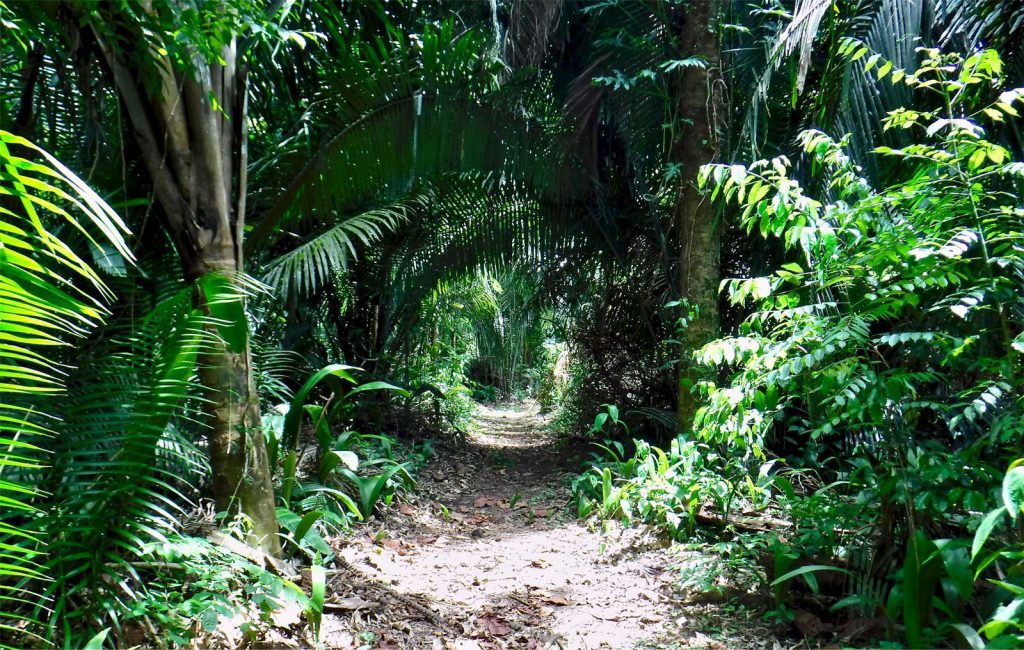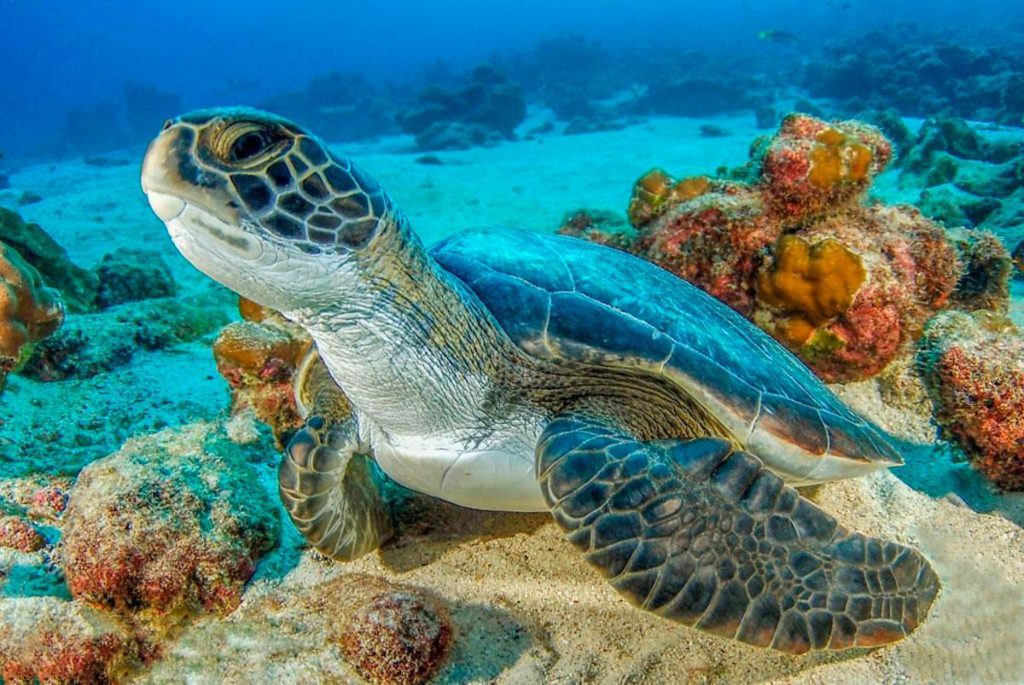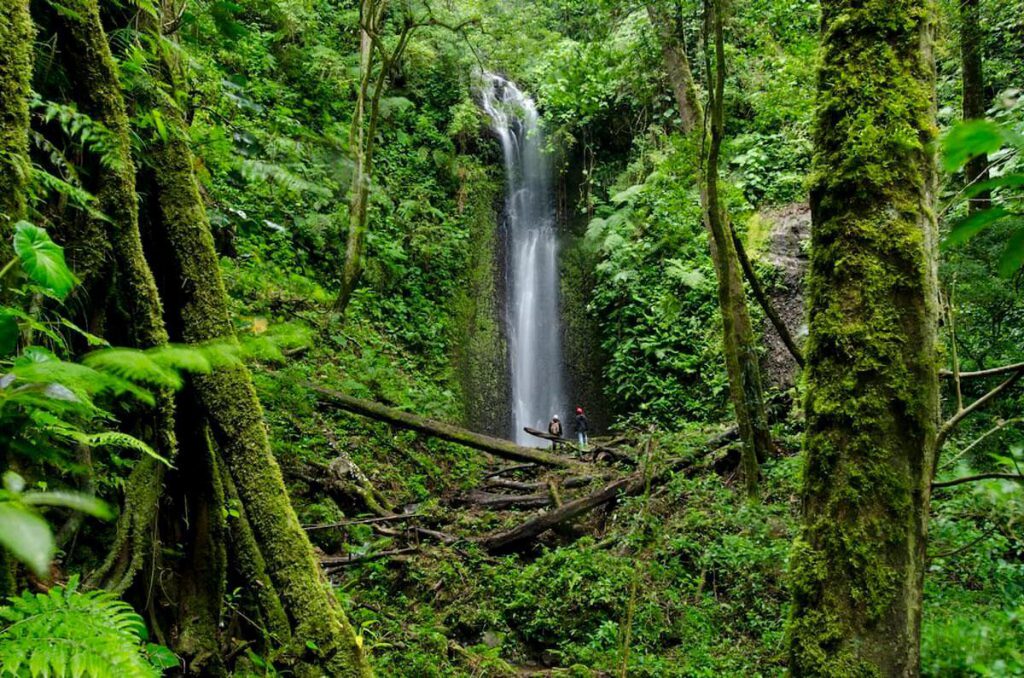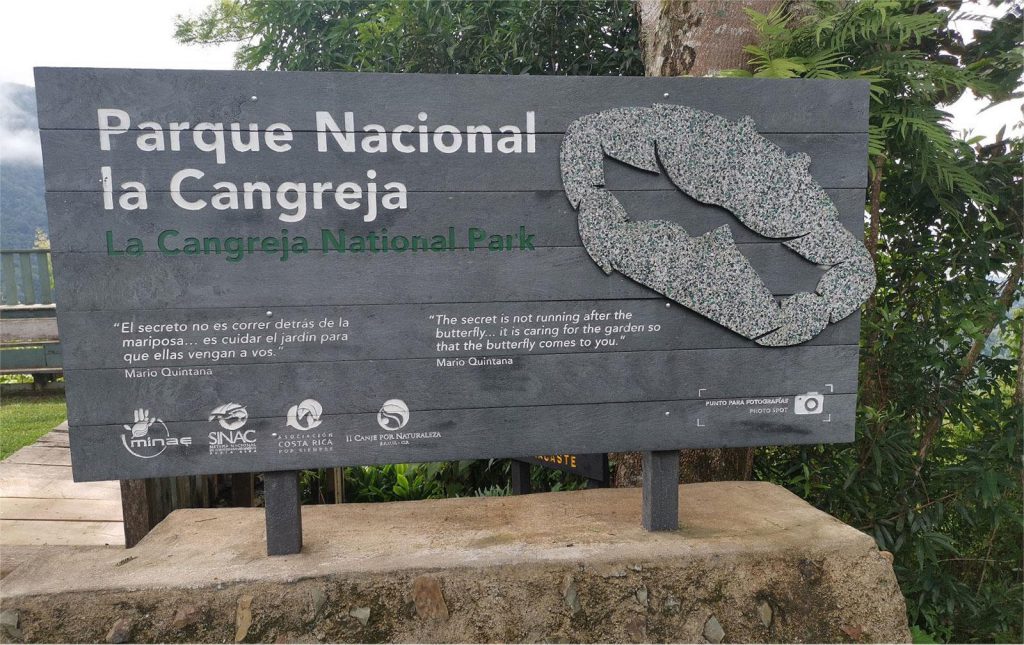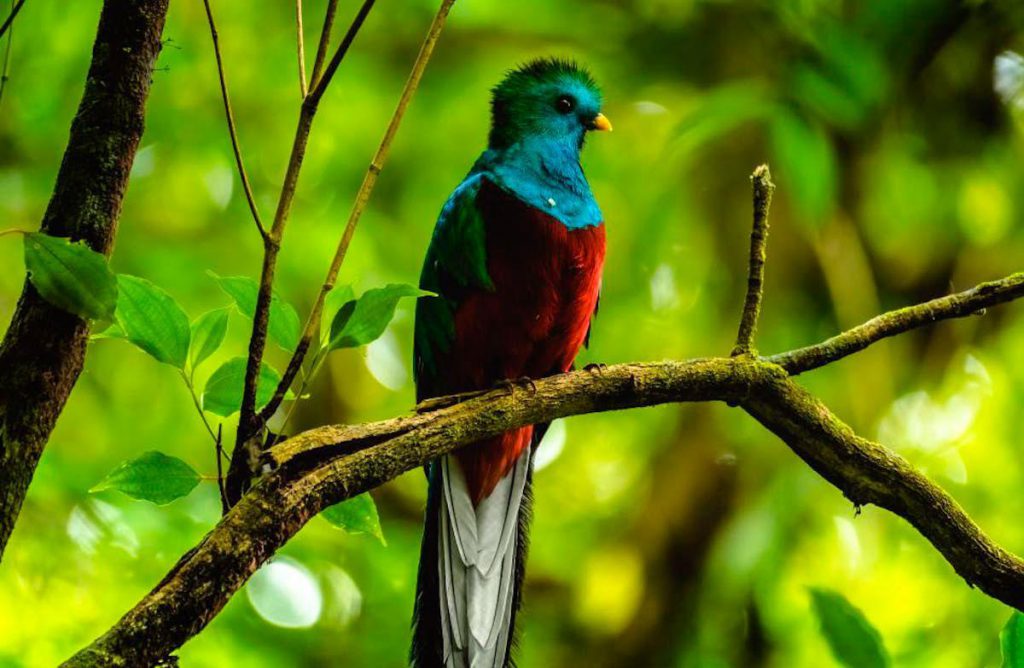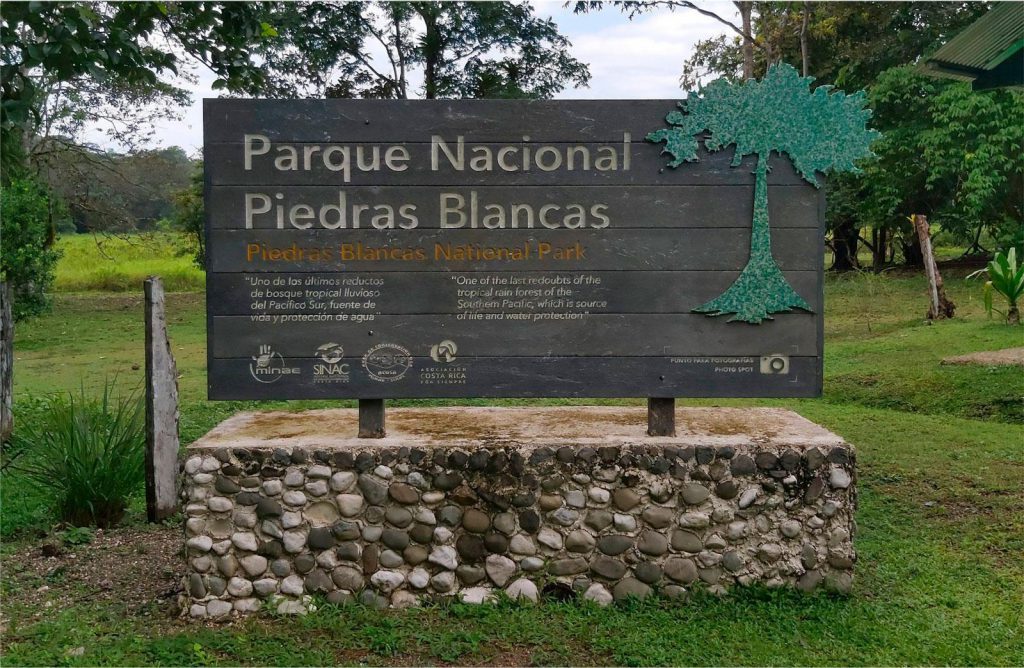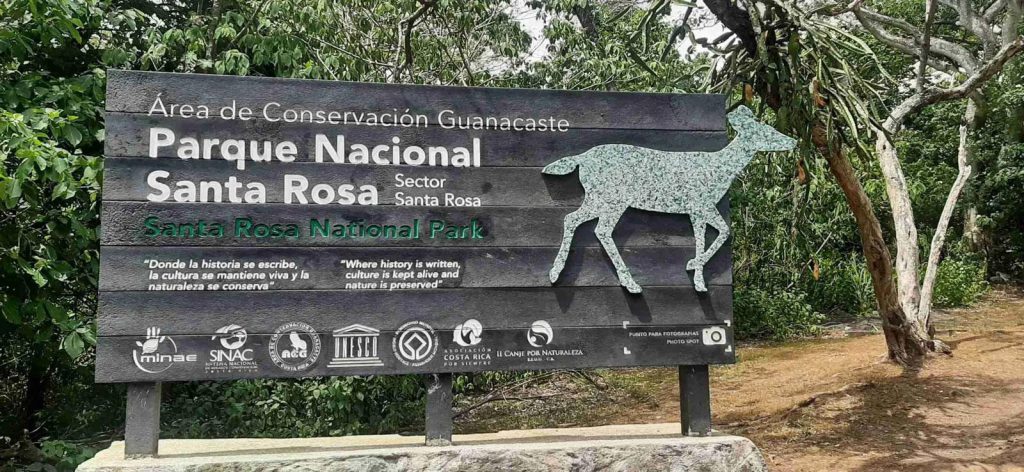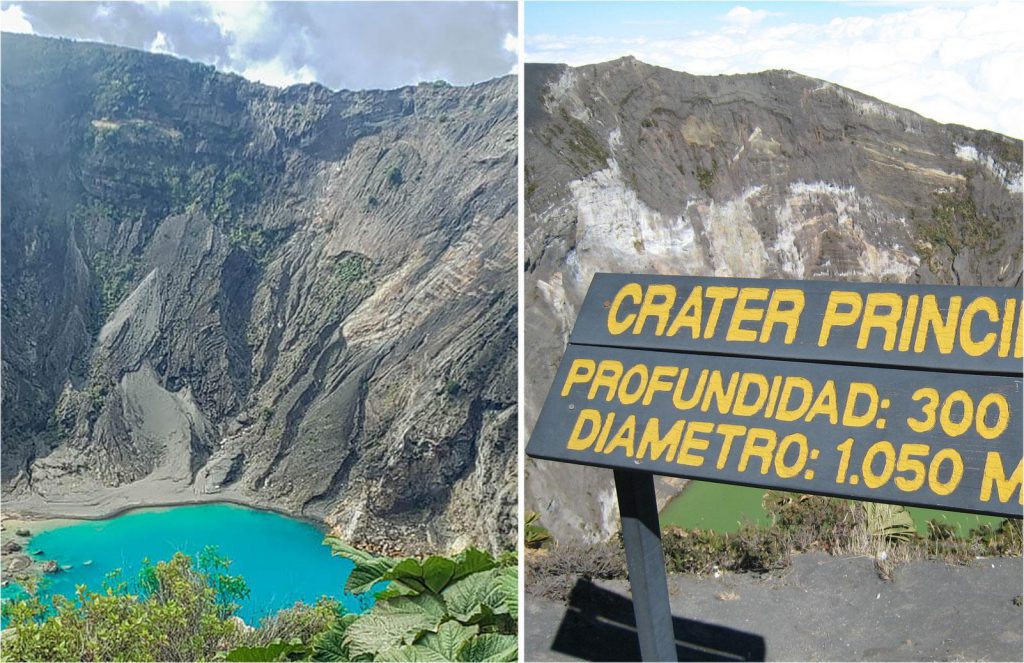In 1970, the National Park Network of Costa Rica was established, which has been under the administration of SINAC since 1994. SINAC is a department of the Ministry of Environment and Energy responsible for the conservation, organization, and strategic planning of all protected areas in the country.
SINAC is responsible for managing a total of 30 national parks, classified as IUCN Category II, as well as several biological and forest reserves with different management categories. One of the regions with the highest number of these protected areas is the Talamanca Mountain Range, which includes the La Amistad International Park, extending across both Costa Rica and Panamanian territory.
On the Osa Peninsula, you can find the Corcovado National Park, a remnant of lowland tropical rainforest that is unique in the world due to its great diversity of species. In the Puntarenas province, in the canton of Quepos, there is the Manuel Antonio National Park, one of the most visited, and the Arenal Volcano National Park in the Alajuela province, which holds a special attraction due to its volcanic cone.
The Top 10 National Parks of Costa Rica
Content
- 1 The Top 10 National Parks of Costa Rica
- 2 Biodiversity
- 3 The Ecological and Economic Value of Protected Areas
- 4 Transforming Debt into Nature: A Conservation Strategy
- 5 List of National Parks in Costa Rica
- 5.1 Barbilla
- 5.2 Barra Honda
- 5.3 Braulio Carrillo
- 5.4 Cahuita
- 5.5 Carara
- 5.6 Chirripó
- 5.7 Corcovado
- 5.8 Diriá
- 5.9 Guanacaste
- 5.10 Cocos Island
- 5.11 San Lucas Island
- 5.12 Juan Castro Blanco
- 5.13 La Amistad
- 5.14 La Cangreja
- 5.15 Las Baulas
- 5.16 Los Quetzales
- 5.17 Manuel Antonio
- 5.18 Marino Ballena
- 5.19 Miravalles-Jorge Manuel Dengo
- 5.20 Palo Verde
- 5.21 Piedras Blancas
- 5.22 Rincón de la Vieja
- 5.23 Santa Rosa
- 5.24 Tapantí
- 5.25 Tortuguero
- 5.26 Arenal Volcano
- 5.27 Irazú Volcano
- 5.28 Poás Volcano
- 5.29 Tenorio Volcano
- 5.30 Turrialba Volcano
Biodiversity
Costa Rica’s protected areas play a crucial role in conserving biodiversity, providing refuge to a wide variety of mammal, reptile, bird, amphibian, insect, fish, plant, and fungal species. These areas are studied by institutions worldwide due to the richness of their wildlife.
Some of these species are particularly important as they are endangered due to habitat destruction. For example, various species of poisonous frogs, the jaguar, the two-toed sloth, snakes like the bocaracá or coral snake, and large birds such as the harpy eagle or green macaws are at risk. Therefore, strict controls are necessary to prevent further depletion of their populations.
The protection and conservation of these species require coordinated policies and actions aimed at preserving their natural habitats, implementing breeding and reintroduction programs, as well as educating local communities and visitors about the importance of conservation. Costa Rica has been internationally recognized for its efforts in biodiversity conservation and serves as an example in terms of sustainability and protection of natural resources.
The Ecological and Economic Value of Protected Areas
Protected areas not only hold fundamental value in maintaining life on our planet at all scales, but they also offer a range of tangible benefits to society. In Costa Rica, the existence of these protected areas has been leveraged in various ways.
Firstly, these areas provide essential raw materials for daily life, as well as high-quality food and water. Additionally, they play a crucial role in controlling microclimates, creating favorable conditions for the development of healthy ecosystems.
However, the value of protected areas extends beyond the tangible. Costa Rica has capitalized on the existence of these areas to promote tourism, both domestically and internationally. Visitors can enjoy the natural beauty of these spaces, participate in recreational and educational activities, and even contribute to environmental research and training. This tourism activity generates significant income for the local and national economy.
Another crucial aspect is the protection of watersheds. The natural vegetation present in protected areas acts as a natural filter, purifying water and regulating its flow. This ensures a supply of drinking water for communities and helps prevent flooding and landslides.
Furthermore, protected areas play a vital role in preserving biodiversity. According to some estimates, Costa Rica contains 5% of all Earth’s biological diversity. This means that protecting these spaces is essential for conserving unique and fragile species, as well as preserving the genetic material necessary for future scientific and medical advances.
Transforming Debt into Nature: A Conservation Strategy
In the 1980s, Central America was affected by various factors that led the countries in the region to seek loans to repay their debts. However, there came a point where the interest became unpayable. It was then when the idea of buying third-world debt at a reduced value and repaying it at its true nominal value, in local currency, while investing the funds in conservation projects emerged.
Between 1987 and 1989, Costa Rica became a global leader in these types of transactions, converting part of its external commercial debt into conservation bonds. The funds obtained were used to finance national parks and protected areas, strengthen both public and private conservation institutions, promote environmental education, boost ecotourism, encourage sustainable forest management, and acquire lands to expand the parks.
Several parks in Costa Rica have greatly benefited from these debt-for-nature swaps. Among them are Corcovado, Guanacaste, La Amistad, Braulio Carrillo, and Tortuguero, as well as the private cloud forest reserve of Monte Verde and the ecological center La Pacífica. Although these swaps have only covered 5% of the external debt, they have had a significant impact on biodiversity conservation and the strengthening of national conservation institutions.
Debt-for-nature swaps have become an effective strategy to drive conservation while addressing the financial challenges of indebted countries. Costa Rica has been a prominent example in implementing this innovative approach, demonstrating that it is possible to generate tangible environmental benefits while alleviating economic obligations.
List of National Parks in Costa Rica
See also
- SINAC :: Sistema Nacional de Áreas de Conservación :: Sitio Oficial (in Spanish).
- Áreas de conservación de Costa Rica (in Spanish).
- MINAE :: Ministerio de Ambiente y Energía :: Sitio Oficial (in Spanish).
- Unión Internacional para la Conservación de la Naturaleza (in Spanish).

